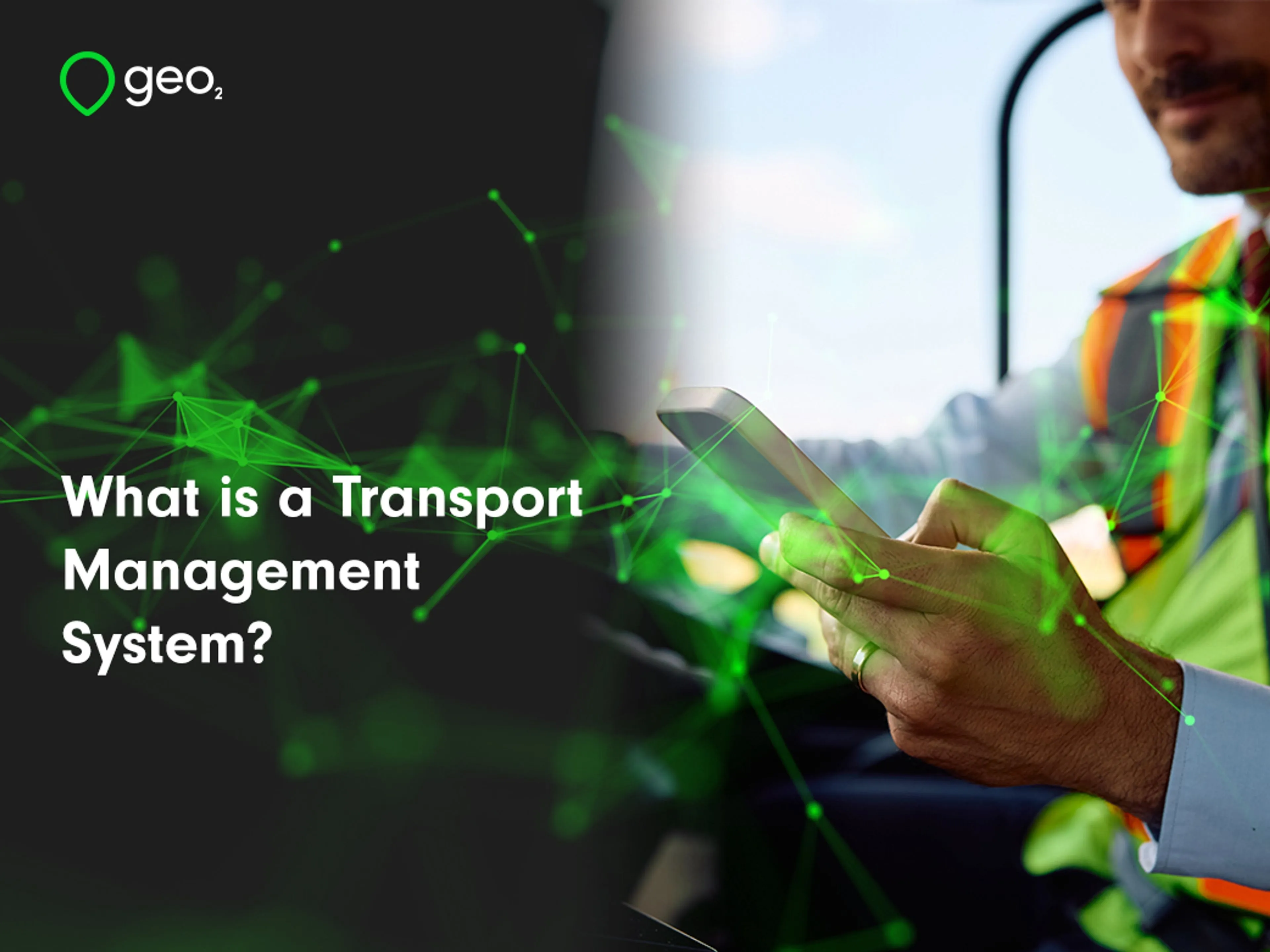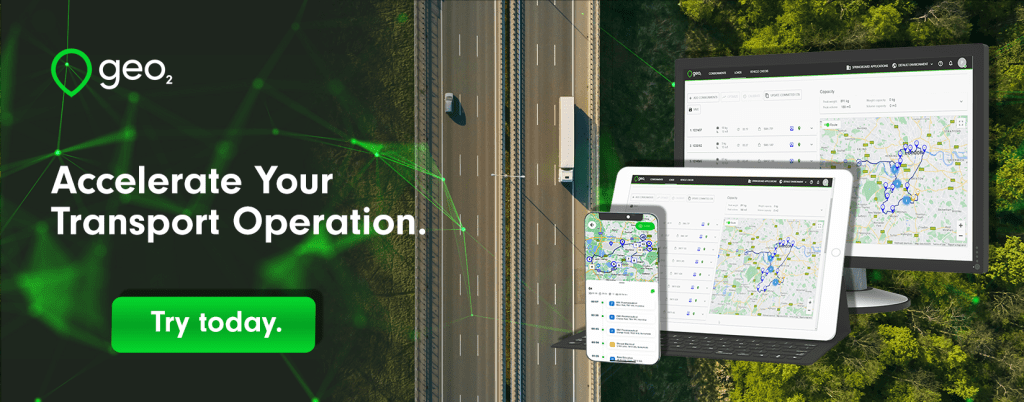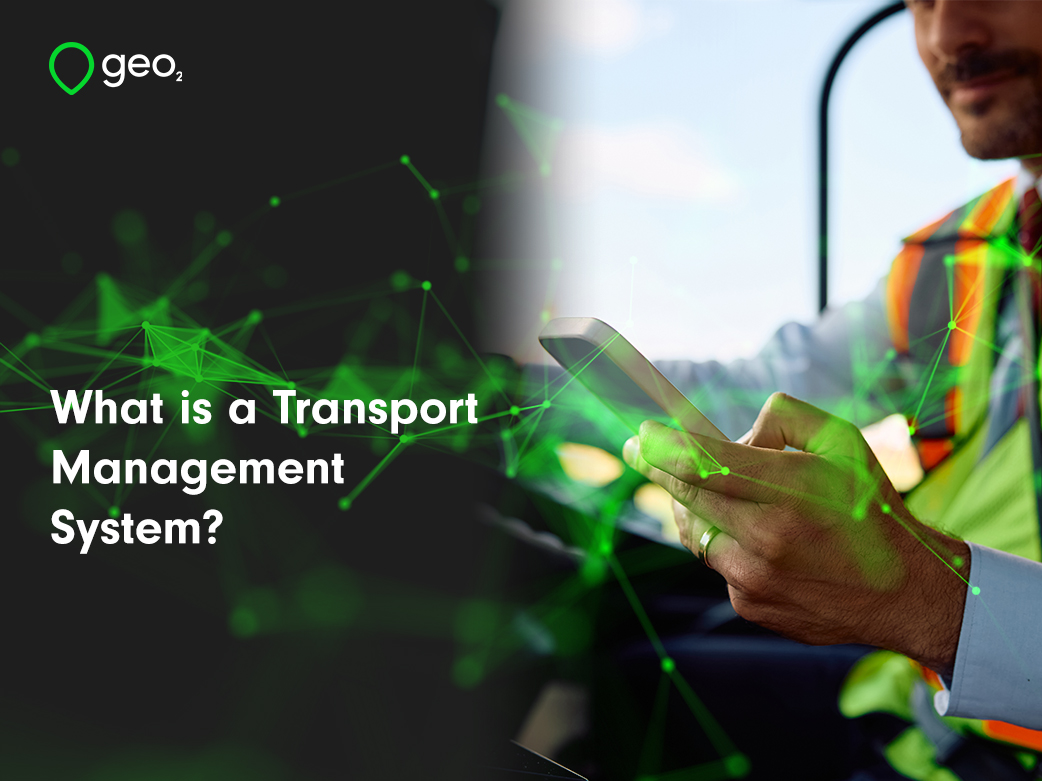
What is a Transport Management System?
A Transport Management System (TMS) is a breakthrough for logistics managers, fleet operators, and supply chain professionals. Traditionally, transportation management was manually done using spreadsheets, emails, and phone calls. A TMS automates these processes, providing a centralized platform for all transportation-related activities. In this blog, we'll explore what a TMS is, its benefits, features, and how it can transform your logistics operations.
A Transport Management System (TMS) is a breakthrough for logistics managers, fleet operators, and supply chain professionals. Traditionally, transportation management was manually done using spreadsheets, emails, and phone calls.
A TMS automates these processes, providing a centralized platform for all transportation-related activities. In this blog, we'll explore what a TMS is, its benefits, features, and how it can transform your logistics operations.
Understanding the Role of a Transport Management System.
A transport management system (TMS) is software that helps businesses with logistics. It makes the transportation process better, from planning to execution. For logistics managers, a TMS provides a complete solution to simplify tasks and boost efficiency.
A TMS is important because it offers real-time tracking and management. This is crucial for logistics, where timely delivery matters. With a TMS, companies can keep their goods on track, cut down on delays, and boost customer service.
In today's competitive market, using a TMS is essential for businesses wanting to improve logistics services. It helps companies adapt to changing demands. At the same time, it maintains high efficiency and effectiveness.

Benefits of Transport Management Systems.
The benefits of a transport management system are significant. One main advantage is cost reduction in logistics. By automating processes, a TMS removes unnecessary expenses. This allows companies to use resources more effectively.
Another benefit is better customer service. Real-time tracking and carrier integration let businesses give accurate, up-to-date info on shipments. This transparency boosts client satisfaction and loyalty.
A TMS improves efficiency by centralizing data and streamlining shipping processes. This leads to better decision-making and quicker responses in third-party logistics. Logistics managers can then focus on what's most important: delivering excellent service to customers.
Key Features of Transport Management Systems.
A strong transport management system has many important features that are crucial for logistics. One key feature is real-time tracking, which shows the status and location of shipments at all times. This helps solve any problems quickly, reducing delays.
Warehouse management is important because it helps businesses improve storage and inventory processes. By linking warehouse operations with transportation, a TMS ensures smooth coordination across different logistics stages.
Carrier integration is crucial for companies. It helps them manage relationships with multiple carriers effectively. By streamlining delivery and communication, a TMS ensures goods arrive on time and in perfect condition.

TMS Software and Solutions.
There are numerous TMS solutions available in the market, each catering to different logistics needs and offering features like real-time visibility and inventory management. Some of the leading software for transport management include Oracle Transportation Management, SAP Transportation Management, and JDA Software. These platforms utilize machine learning to simplify logistics operations, improve efficiency, and optimize routes planning.
For businesses operating in the UK, opting for a transport management system UK tailored to local regulations and requirements can be beneficial. This ensures compliance with regional standards while still reaping the benefits of a global platform and managing transportation costs effectively.
When choosing a TMS, it's essential to consider the specific needs of your organization, such as the size of your fleet, the complexity of your supply chain, and carrier delivery options. By selecting the right solution, you can maximize the impact of your TMS on your logistics operations.
One of the essential features to look for in a TMS is carrier management software. This tool allows businesses to manage all aspects of their relationships with carriers, including pricing, contracts, and performance. A multi-carrier approach can further enhance delivery efficiency and cost-effectiveness.
Implementing a Transport Management System
Successfully implementing a transport management system requires careful planning and consideration. It's crucial to involve all stakeholders in the process, ensuring that everyone understands the benefits and functionalities of the TMS.
One of the primary challenges when integrating a TMS is aligning it with existing systems and processes. However, with the right strategy and support, businesses can overcome these obstacles and enjoy a seamless transition.

Geo2 TMS
Geo2 TMS is a standout option in transport management solutions. This cloud-based platform excels in last-mile delivery optimization, enabling businesses to maximize their delivery efficiency.
With features like live tracking, proof of delivery, and a user-friendly interface, Geo2 simplifies complex logistics operations. Its ability to scale from independent drivers to large enterprises makes it suitable for a wide range of users. By integrating with ERP and warehouse systems, Geo2 streamlines processes and drives significant cost savings.
Conclusion.
In conclusion, a transport management system is a vital tool for any organization wanting to improve logistics. It boosts efficiency, cuts costs, and enhances customer service. The benefits of a TMS are clear.
By learning about the key features and solutions, logistics managers and supply chain professionals can make informed decisions about using a TMS. This helps their organization stay competitive and ready for future challenges.
Frequently Asked Questions (FAQs)
What is a transport management system?
A transport management system (TMS) is software that helps businesses manage their logistics. It focuses on making the transportation process more efficient.
What are the benefits of using a TMS?
A TMS provides many benefits. It helps cut costs, boosts customer service, and improves efficiency in the organization.
What are some key features of a TMS?
Key features of a TMS include real-time tracking, warehouse management, and carrier integration, which help streamline logistics operations.
How do I choose the right TMS for my business?
When choosing a TMS, think about what your organization needs. This includes the size of your fleet and how complex your supply chain is.






